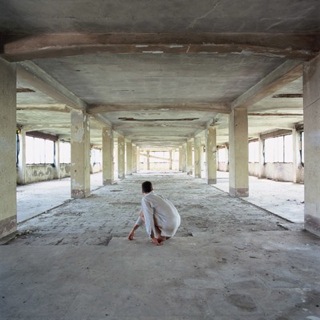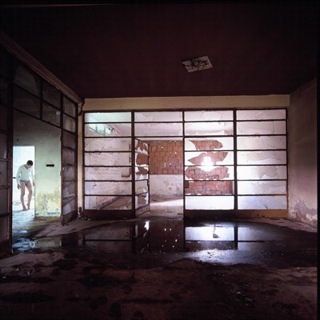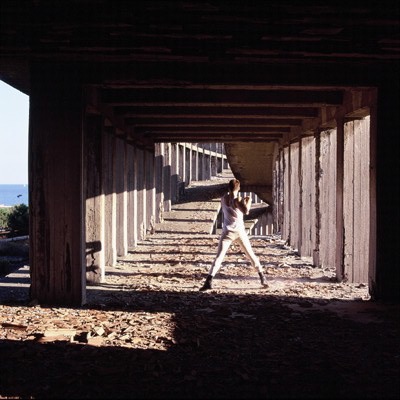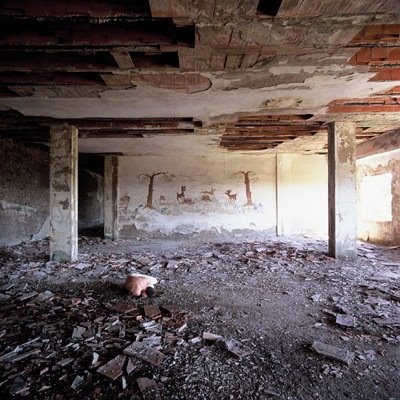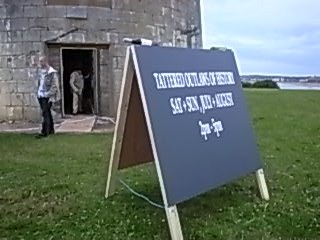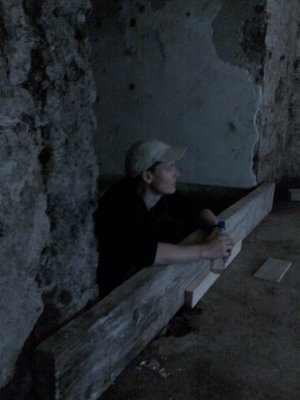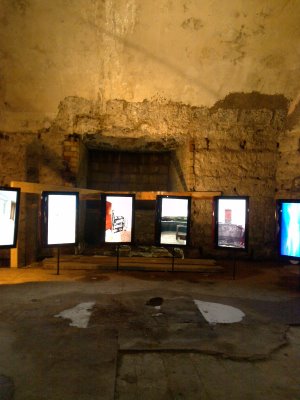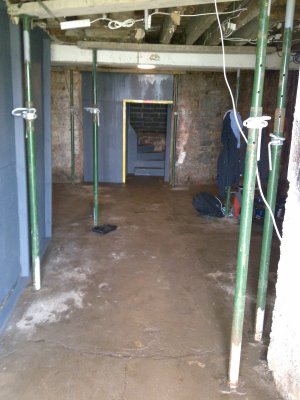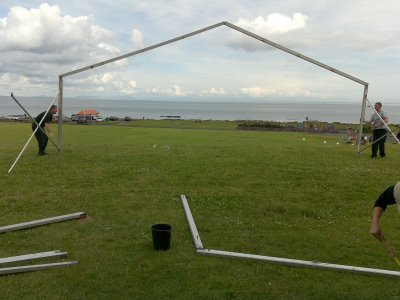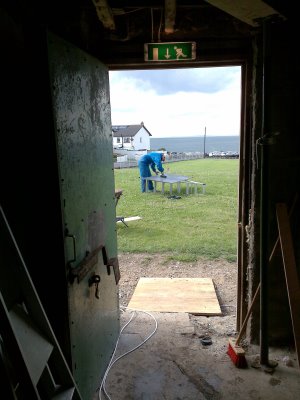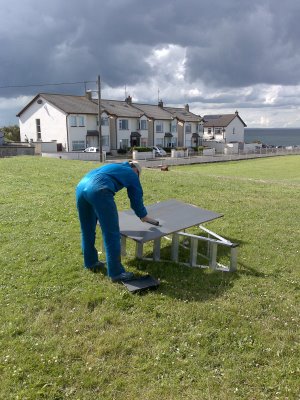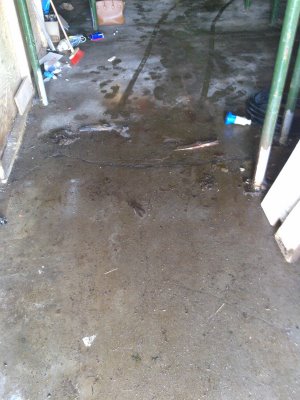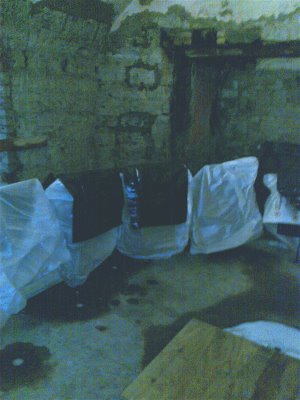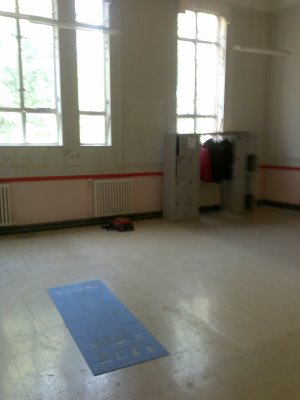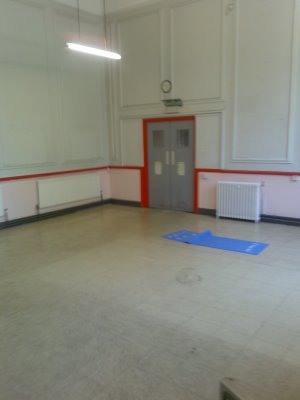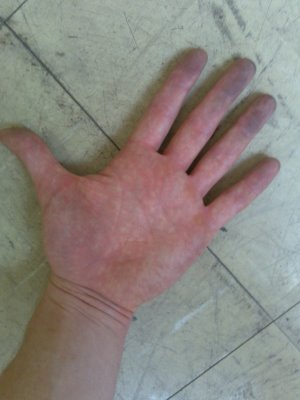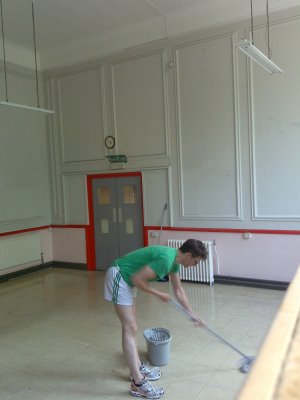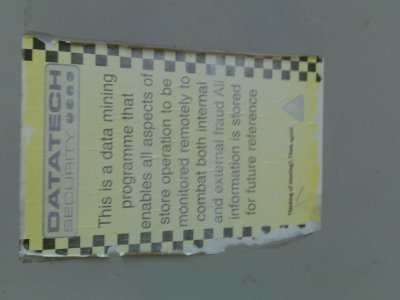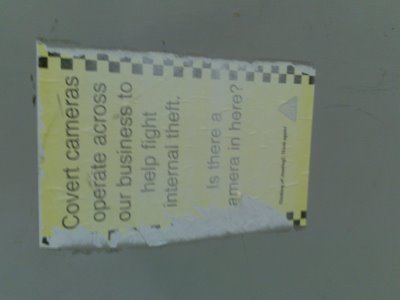Xiao Ke and I have been exchanging emails asking each other questions like: “What did you feel about your body at 5, at 15, at 25?”, In what ways are you typically Chinese/Irish, in what ways atypical?
Then Xiao Ke asked me what I mean by independent, particularly when I describe her and myself as an independent artists. She’s asking in the context on violence in XinJiang province where, like the Tibetans, the Uighur population want more freedom, if not outright independence.
I haven’t answered yet but I came across this article which describes how different cultures define freedom differently, some prioritising individual freedom and others prioritising the good of the group. Of course the main example of the latter which the article eludes to is China. So far so unremarkable. It gets more interesting when the article acknowledges that ‘we all process information in terms of both independence and interdependence: The issue is that some cultures prioritize one over the other.’
The question remains to be answered how individuals can be independent in the Chinese culture and if when Xiao Ke calls herself independent she is talking about the same thing that I mean.
.
..does the notion of “freedom” really mean the same thing in Baghdad as it does in Boston? Newly published research suggests the answer is probably no. It’s a question of whether one is more oriented toward independence or interdependence — an attitude that is largely conditioned by one’s cultural background.
This distinction isn’t easy to grasp for Westerners, who grew up in an environment that stresses individualism and personal liberty, but it’s a very real and important distinction to understand in an increasingly interconnected world, according to a research paper just published in the Journal of Experimental Social Psychology.
The research team, led by psychologist Eva Jonas of the University of Salzburg, Austria, built upon a series of past studies suggesting certain cultures are organized around the idea of personal choice, while others emphasize group harmony. The clearest example of this, according to a 2002 analysis, is Chinese society, which is less individualistic and more collectivist compared to American norms.
Jonas and her colleagues wanted to determine whether this difference could be measured in terms of “reactance,” which they define as “a motivational state directed toward the re-establishment of the threatened or eliminated freedoms.” This state is manifested in “an increased desire to engage in the relevant behavior.” (Alcohol is prohibited in this park? Well, that makes me more determined than ever to sneak in a bottle.)
They conducted a series of psychological tests, using participants from a variety of cultural backgrounds. In one, 105 college students — 54 from Britain and 51 from other nations, including 26 from China and eight from Malaysia — were presented with one of two scenarios, both of which involved the use of a company automobile. In the first scenario, representing individual threat, their personal access to the car was placed at risk. In the second, which involved a fleet of cars, the comfort and convenience of their fellow employees was also threatened.
Participants were asked a series of questions gauging their reaction to the scenario, including how much pressure and irritation they felt when considering its implications. The results were tabulated to create a composite reactance score.
“Following the individual threat, East Asian participants reported significantly less reactance than Western Europeans,” the study notes. “However, with the collective threat, the difference between Western Europeans versus East Asians disappeared.
“Further analysis reveals that East Asians tended to experience more reactance when their collective compared to their individual freedom was threatened, whereas Western Europeans experienced more reactance when their individual instead of their collective freedom was threatened.”
This pattern held in the follow-up studies, which found some interesting variations on this theme. One study was restricted to German students, half of which were asked to describe the ways in which they are similar to their family and friends, while the other half were asked to describe how they are different from their family and friends. Those primed to think in terms of independence reacted more strongly to threats to their individual freedom, while those primed to think in terms of interdependence reacted more strongly when their group’s freedom was endangered.
So we all process information in terms of both independence and interdependence: The issue is that some cultures prioritize one over the other. The aforementioned 2002 analysis by the University of Michigan’s Daphna Oyserman warned against overgeneralization, but it concluded that “European Americans were found to be more individualistic — valuing personal independence more — and less collectivistic — feeling duties to in-groups less — than others.”
As Jonas’ new paper sums it up: “Culture influences people’s attitude and values and therefore contributes to their understanding of self and identity — and this determines how and when they experience threats to their freedom.”
This framework may help Westerners better understand the conflict in Iran, a society that is, by all accounts, deeply split. Could it be that the basic divide between supporters of the hard-line government and an opposition that demands more personal liberty reflects a difference in views regarding what constitutes freedom?
Polls suggest virtually all Iranians want their nation to be free and independent, which is why they chafe at demands their nuclear program be dismantled. But for some, that collective freedom is all that matters, while for others, it needs to be balanced with personal liberty.
This divide can even be found within the U.S. Civil libertarians argue Americans have the right to be free from government spying such as warrantless wiretaps. But national security hard-liners counter that such intrusions protect us from outside enemies, thus helping to preserve the nation’s freedom.
Jonas and her colleagues refer to these two impulses as individualist and collectivist, and there is no question they are often at odds. But it is worth remembering – especially this weekend – that both are expressions of a desire for freedom.

